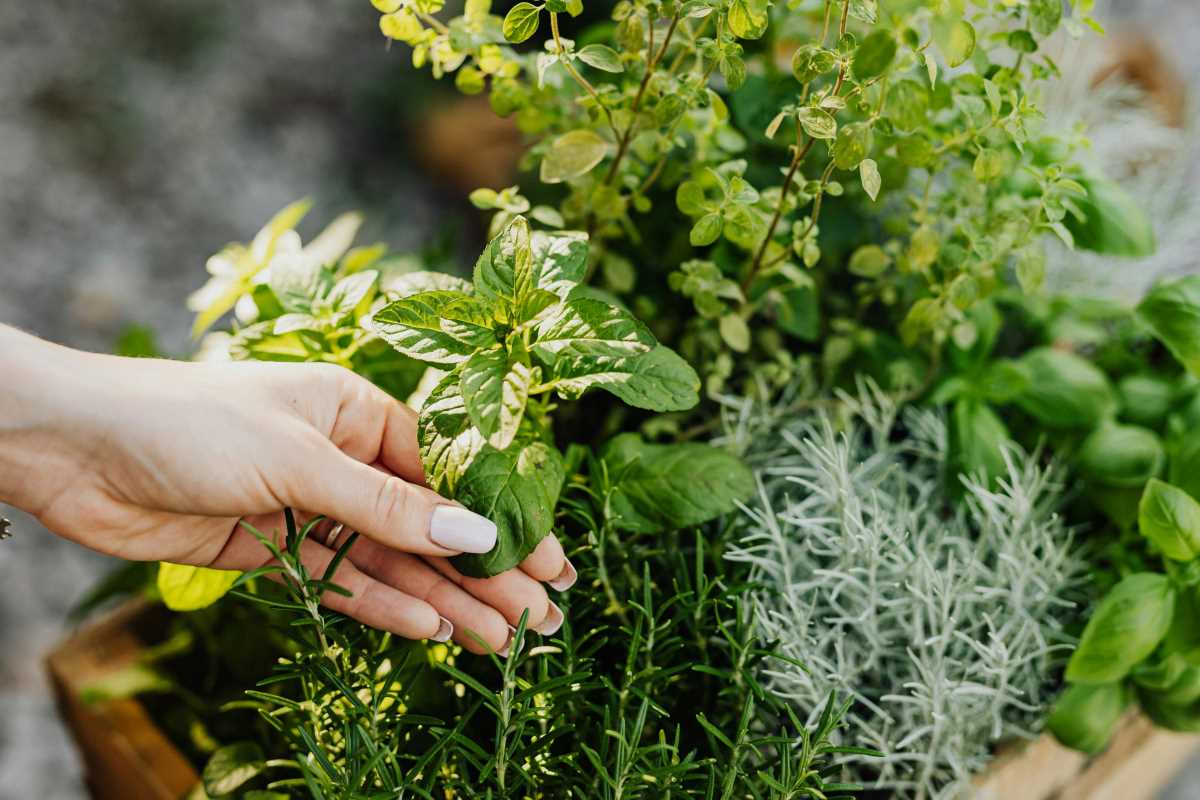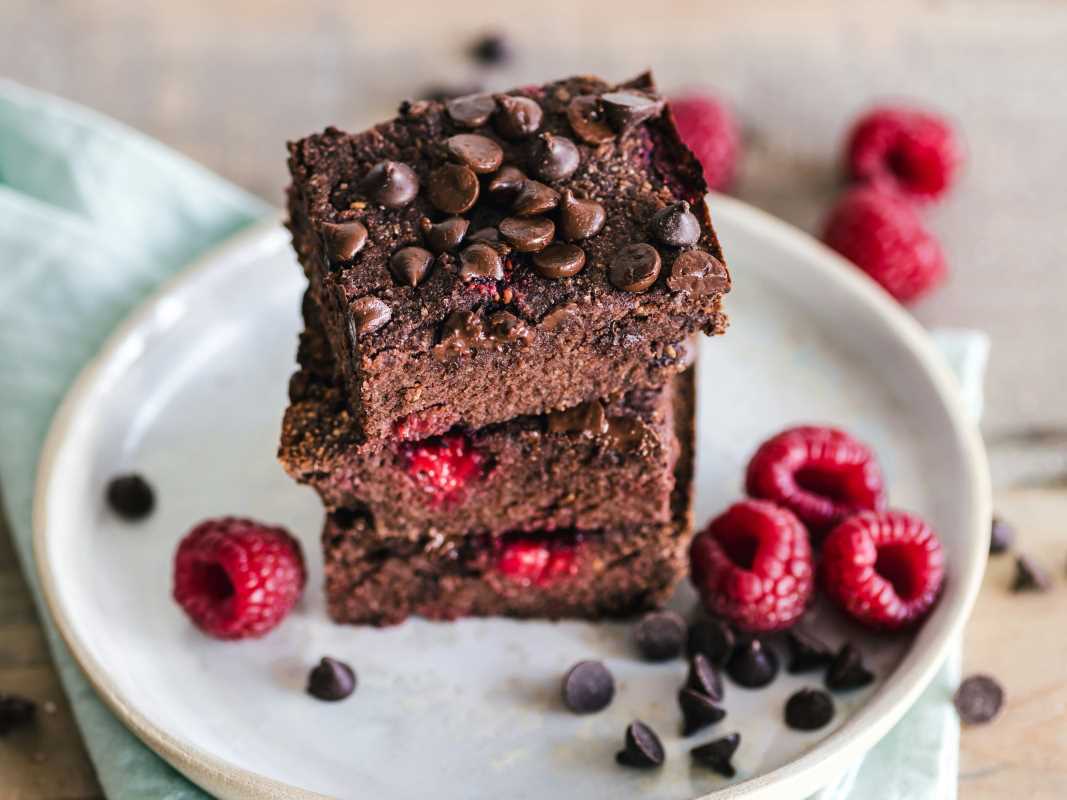Fresh and dried herbs are the secret weapons that separate good cooking from great cooking. They have the power to transform a simple piece of chicken into a restaurant-quality dish, turn basic pasta into something extraordinary, and make your kitchen smell like a professional chef's workspace. While the world of herbs can seem vast and intimidating, you don't need an entire garden to cook with confidence and flavor. Having a well-curated selection of essential herbs in your kitchen arsenal will cover the majority of recipes you'll encounter and give you the building blocks to create your own signature dishes. These versatile ingredients add depth, aroma, and complexity to food without adding calories, making them perfect for both health-conscious cooks and flavor enthusiasts. This guide will introduce you to ten must-have herbs that will elevate your home cooking, along with practical tips for storing them and using them to their fullest potential.
1. Basil: The King of Italian Cuisine
Basil is perhaps the most beloved herb in home kitchens, and for good reason. Its sweet, slightly peppery flavor with hints of mint and anise makes it incredibly versatile. Fresh basil is essential for classic dishes like Caprese salad, homemade pesto, and Margherita pizza, but it also works beautifully in Thai cuisine, where the slightly different variety called Thai basil adds a distinctive flavor to curries and stir-fries.
Fresh basil should be stored like flowers—trim the stems and place them in a glass of water on your counter, covering the leaves loosely with a plastic bag. This method keeps basil fresh for up to a week. Dried basil, while different in flavor, is excellent for seasoning blends and longer-cooking dishes like tomato sauces and stews.
2. Parsley: More Than Just a Garnish
Often dismissed as mere decoration, parsley is actually a powerhouse herb that deserves a starring role in your cooking. Flat-leaf parsley has a clean, bright flavor that enhances rather than overwhelms other ingredients. It's essential for dishes like tabbouleh, chimichurri, and gremolata, and it adds freshness to soups, stews, and roasted vegetables.
Curly parsley has a milder flavor and works well as both a garnish and a cooking ingredient. Store fresh parsley in the refrigerator with stems in water, covered with a plastic bag. It will stay fresh for up to two weeks, making it one of the most practical herbs to keep on hand.
3. Rosemary: The Aromatic Powerhouse
Rosemary's distinctive pine-like fragrance and robust flavor make it perfect for heartier dishes. This woody herb pairs beautifully with roasted meats, potatoes, and Mediterranean vegetables. A few sprigs added to olive oil create an aromatic cooking base for countless dishes.
Because of its sturdy leaves, rosemary stores well and maintains its flavor whether fresh or dried. Fresh sprigs can be kept in the refrigerator for up to three weeks. When using rosemary, remember that a little goes a long way—its strong flavor can easily overwhelm delicate dishes.
4. Thyme: The Subtle Sophisticate
Thyme offers a subtle, earthy flavor with floral undertones that complement both bold and delicate dishes. It's a key component of French cuisine, essential in bouquet garni and perfect for seasoning roasted chicken, vegetables, and soups. Thyme also pairs wonderfully with lemon, making it excellent for seafood dishes.
Fresh thyme keeps well in the refrigerator for up to two weeks when stored properly. The small leaves can be easily stripped from the stems by running your fingers in the opposite direction of growth. Dried thyme is equally useful and maintains much of its flavor potency.
5. Oregano: The Pizza Herb
While oregano is famous for its role in Italian-American cuisine, this Mediterranean herb offers much more than pizza toppings. Its warm, aromatic flavor with slight bitter undertones makes it excellent for Greek dishes, marinades, and tomato-based sauces. Mexican oregano, a different plant entirely, provides a more citrusy, less sweet flavor that's perfect for Latin American cuisine.
Fresh oregano can be stored in the refrigerator for up to two weeks, but dried oregano is actually preferred in many applications because the drying process concentrates its flavors. It's one of the few herbs where dried might be more useful than fresh for everyday cooking.
6. Cilantro: The Polarizing Favorite
Cilantro tends to divide people—you either love its bright, citrusy flavor or find it soapy and off-putting due to genetic factors. For those who enjoy it, cilantro is indispensable in Mexican, Asian, and Middle Eastern cuisines. It brightens salsas, curries, and salads while adding a fresh finish to rich, spicy dishes.
Cilantro is notoriously delicate and should be stored with stems in water, covered with a plastic bag in the refrigerator. Use it quickly, as it wilts faster than most herbs. The stems are just as flavorful as the leaves and can be chopped and used in cooking.
7. Sage: The Earthy Classic
Sage's earthy, slightly bitter flavor with hints of pine and citrus makes it a natural partner for fatty meats like pork and duck. It's also traditional in Thanksgiving stuffing and pairs beautifully with butternut squash and other winter vegetables. Fried sage leaves make an elegant garnish and infuse dishes with concentrated flavor.
Fresh sage leaves are sturdy and store well in the refrigerator for up to two weeks. Dried sage is also excellent, though it has a more concentrated, sometimes medicinal flavor that works best in longer-cooking dishes.
8. Dill: The Scandinavian Staple
Dill's feathery fronds offer a unique flavor that's both grassy and tangy, with hints of caraway. It's essential for dishes like gravlax, potato salad, and cucumber yogurt sauce. Dill also pairs wonderfully with fish, eggs, and anything involving yogurt or sour cream.
Fresh dill is delicate and should be used quickly. Store it with stems in water, covered with a plastic bag in the refrigerator. Dill seeds, while from the same plant, offer a different flavor that's more concentrated and caraway-like.
9. Mint: The Refreshing Accent
Mint brings cooling freshness to both sweet and savory dishes. It's essential in Middle Eastern cuisine, perfect for mojitos and mint tea, and adds brightness to fruit salads and chocolate desserts. Different varieties like spearmint and peppermint offer slightly different flavor profiles.
Fresh mint is best stored like basil, with stems in water on the counter. It's one of the easiest herbs to grow at home, though it can be invasive in gardens. Dried mint is useful for teas but lacks the bright freshness that makes this herb special.
10. Chives: The Gentle Onion
Chives provide a mild onion flavor without the bite, making them perfect for delicate dishes like scrambled eggs, cream soups, and potato dishes. They're also beautiful as a garnish, adding color and subtle flavor to finished plates.
Fresh chives keep well in the refrigerator and can even be frozen for later use, though they lose some texture. They're easy to grow on a windowsill and can be snipped as needed. Unlike dried versions of other herbs, dried chives are generally not recommended as they lose most of their flavor and appeal.
Building a collection of these essential herbs will give you the foundation to cook with confidence and creativity, transforming simple ingredients into memorable meals.
 (Image via
(Image via





